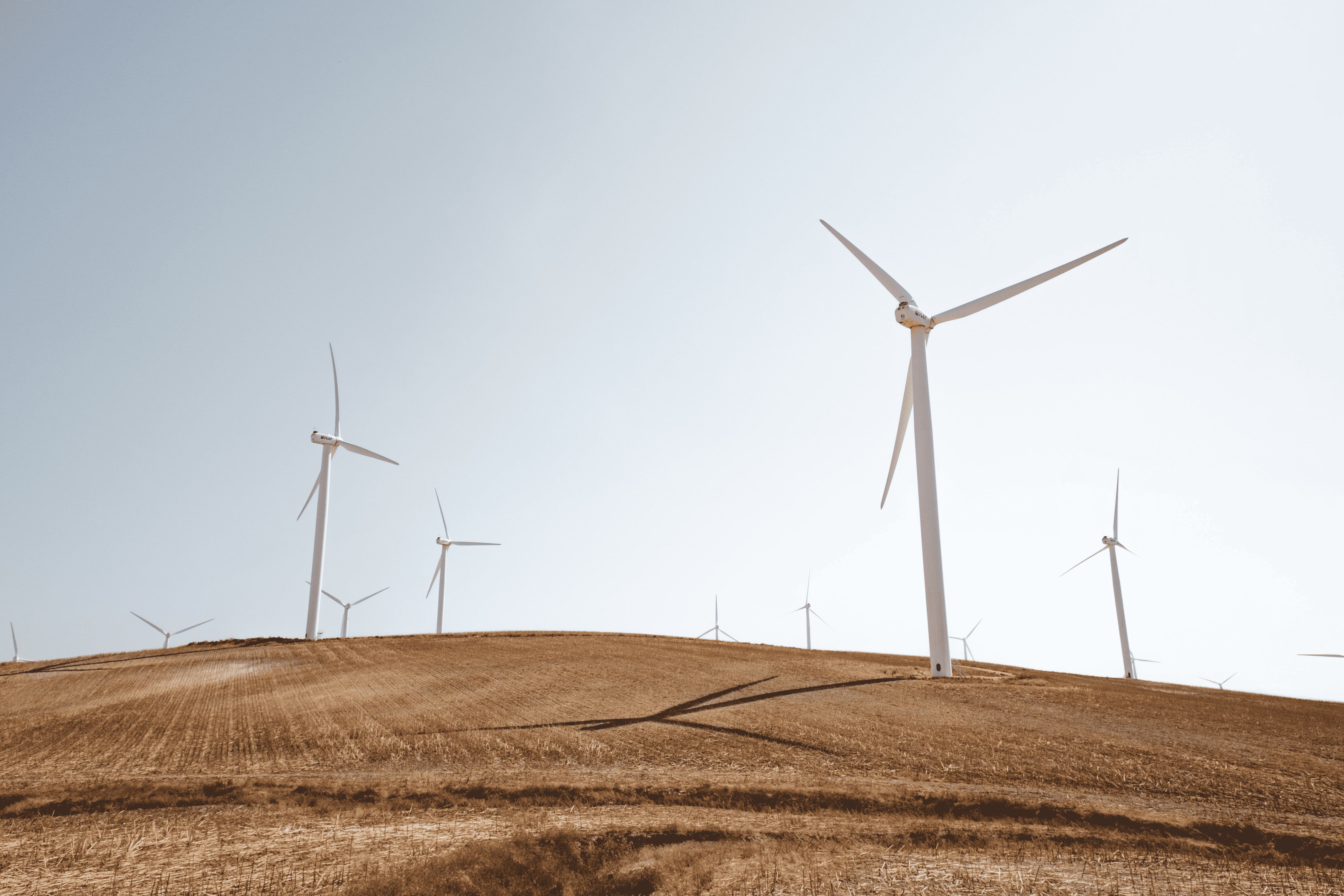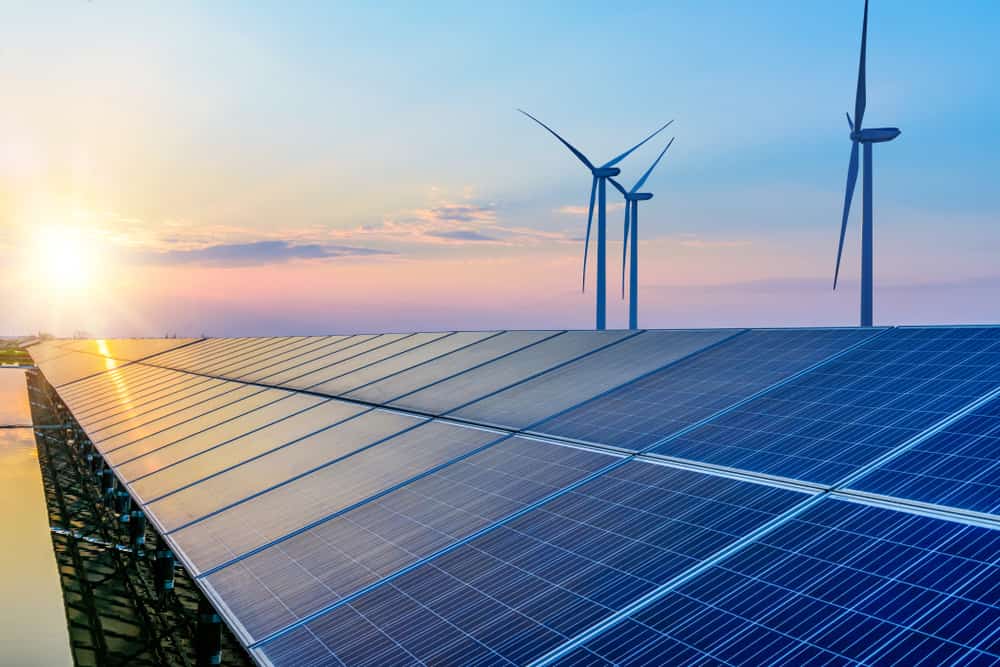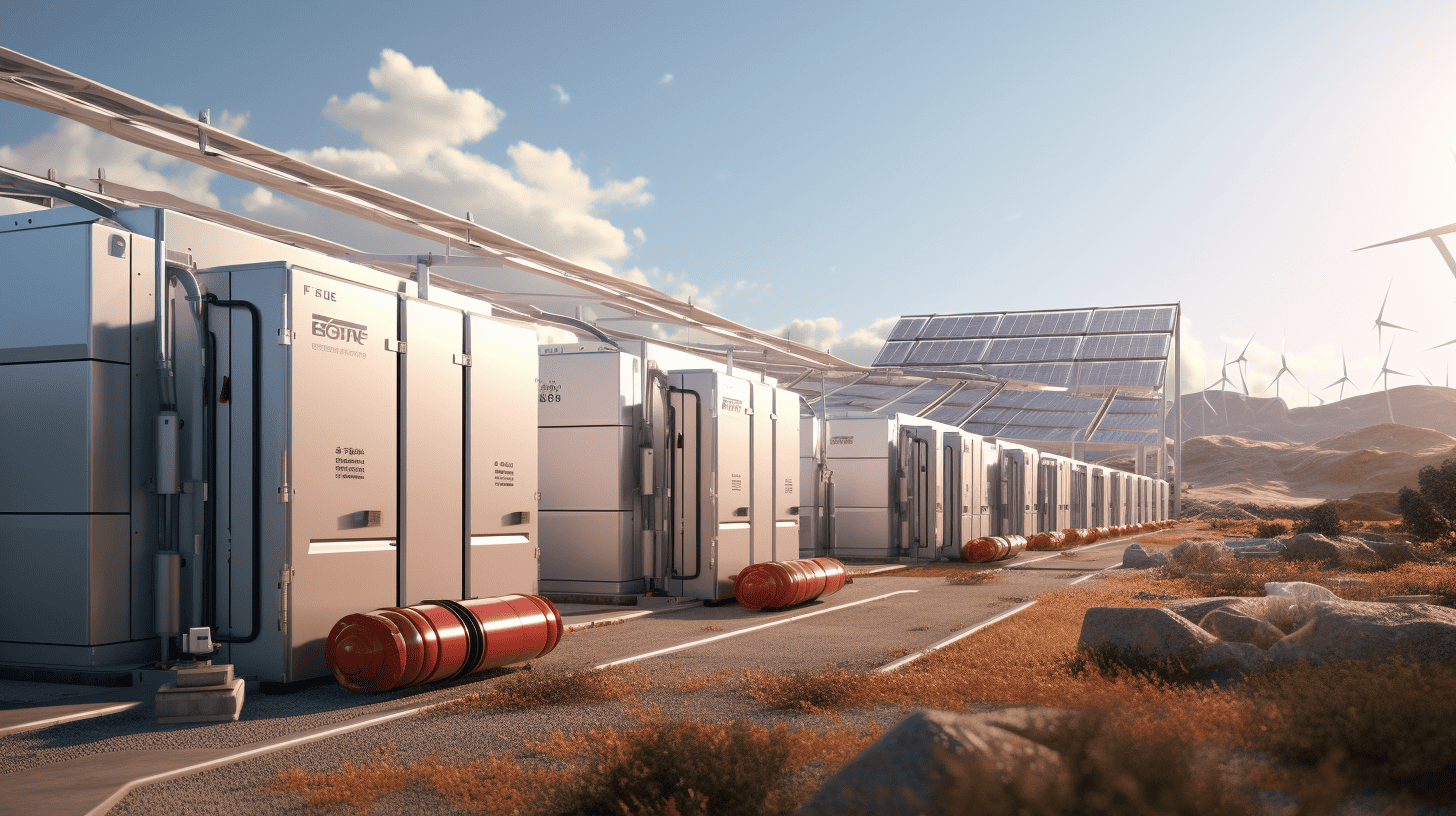
Despite having similar geographical positioning, Italy and Spain are very different in how they produce power. In our European Energy Index, Spain often scores better than Italy, and there are several reasons behind this gap. Italy’s massive dependence on fossil fuels and Spain’s surging renewables and nuclear energy can explain the differences, but they only tell a part of the story.
- Italy heavily relies on fossil fuels, while Spain relies on nuclear – although it will soon phase it out;
- Wind power is surging in Spain;
- Both countries are increasing their solar installations – in different ways;
Nuclear power
Nuclear is undoubtedly one of the primary differences between the two countries. Spain has it, but Italy doesn’t. According to Eurostat data, it accounted for a fifth of the gross electricity produced in the Iberic country in 2021. Yet, the seven operating reactors are scheduled to close by the end of 2030, as renewable power is expected to replace fossil and nuclear. Madrid pledged to install three GW of solar and wind power annually by the decade’s end. As of now, Spain’s total nuclear plant capacity is four GW.
Following Chornobyl’s nuclear accident, Italians voted to stop nuclear power in 1987. Since then, the four reactors have been decommissioned. In the past few years – driven by the new technological developments and the conflict in Ukraine – the idea of reopening or building new plants came back into vogue. A few weeks ago, the Parliament approved a motion to assess the opportunity to include nuclear power in the energy mix.
Italy bets on LNG
Whether and how Italy will bet on nuclear power remains to be seen. Undoubtedly, fossil fuels represent the primary power source of the country. Since the Ukraine war started, the government has pushed to diversify its gas imports, strengthening its ties with Algeria and Azerbaijan. In addition, it started bolstering its regasifying capabilities as liquified natural gas (LNG) imports from Qatar and Africa surged in the past months, aiming at being utterly independent of Russian gas by 2024. A new regasifying ship started operating off the coast of Tuscany in the past month, and another one will kick off operations next year.
Renewables
Eurostat figures show that roughly a fifth of the power used in the two countries in 2021 came from renewable energy sources – 19.03 percent in Italy and 20.73 percent in Spain, to be precise. On May 23, sun, wind, and water alone covered alone the whole of mainland Spain’s electricity demand for nine hours, a record that it’s expected to be broken in the upcoming months.
The two Mediterranean countries set targets for 2030 in their National Energy and Climate Plans. Spain wants 42 percent of its final energy consumption from green power, while Italy aims at 30 percent. Both nations, like the whole EU, aim to achieve carbon neutrality by 2050.
Data shows the steep rise of solar installations in Spain in the last decade, while the same can’t be said about Italy. Yet, 2022 figures show a boom in installations, with over 2.4 GW of new capacity connected, a report by GSE – the state’s energy services manager – underlines. The main limit many stakeholders lament is the lengthy approval times involved before the opening of solar and wind plants.
Wind
As of 2021, Spain could count on over 27 GW of installed wind power capacity. In the same year, wind power was the primary source of electricity, as it covered over a fifth of the whole demand. Across the country, wind farm installations are increasing and will continue to. An article by the newspaper La Vanguardia noted how the requests for wind park installations doubled the installed capacity planned by the government for 2030.
Things look different in Italy. As reported by Wind Energy Europe, Italy installed 500 MW of wind turbines in 2022, including its first offshore plant off the coast of Taranto, Puglia. Again, bureaucratic procedures and needing more legislation are hampering the development of solar parks in the country. Last year the government opened calls for over five GWs of capacity. Only 213 MW of them were assigned.

Different solar deployment
Another comparison can be drawn from the solar photovoltaic production capacity figures. In Spain, two-thirds of the capacity installed belongs to what Eurostat defines as main activity producers – mainly energy companies. Conversely, the exact capacity share in Italy is owned by auto producers. Rather than in extensive parks, Italy has installed more solar panels in buildings driven by the tax discounts offered in the past years – the residential and the industrial sector having the largest shares of installation. The same GSE report found that only a third of the Italian solar plants are installed on the ground.
2022 figures show how auto consumption is also gaining traction in Spain. The Spanish Photovoltaic Union (UNEF) informed that over 2500 MW of solar installations for auto consumption were installed in 2022, growing by 108 percent compared to the preceding year. The industrial and residential sectors had the highest number of installations.

Citizens to drive the transition
In both countries, sunshine is abundant, and so will solar power generation in the coming years. However, recurring droughts also threaten agriculture and hydropower generation, representing a relevant chunk of both countries’ energy mix. As Spain plans to phase out coal and nuclear, Italy might (re)open new reactors. Wind will likely be the primary source of electricity in Spain.
Interestingly, more and more renewable energy communities are being formed in Italy. Impulsed by the European Commission, they are associations of citizens, companies, or entities that produce and share renewable energy. In 2022, 100 of them existed in Italy. Spain isn’t lagging, though, with initiatives such as Zaragoza’s “Barrio Solar” – the solar neighborhood – also having a role in the green transition.








